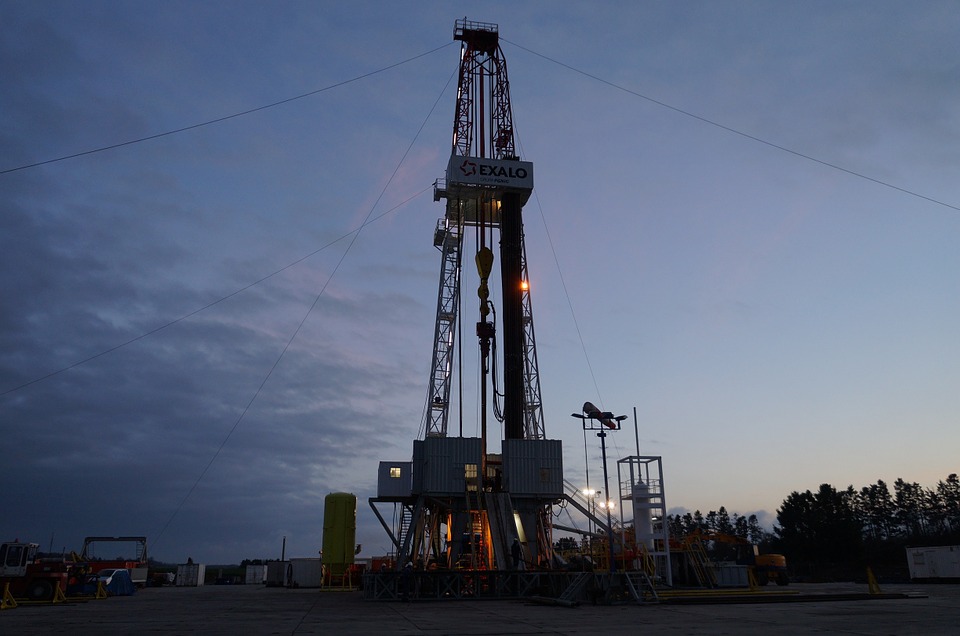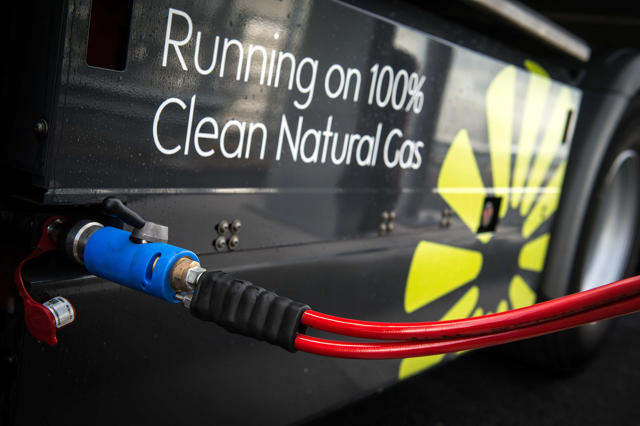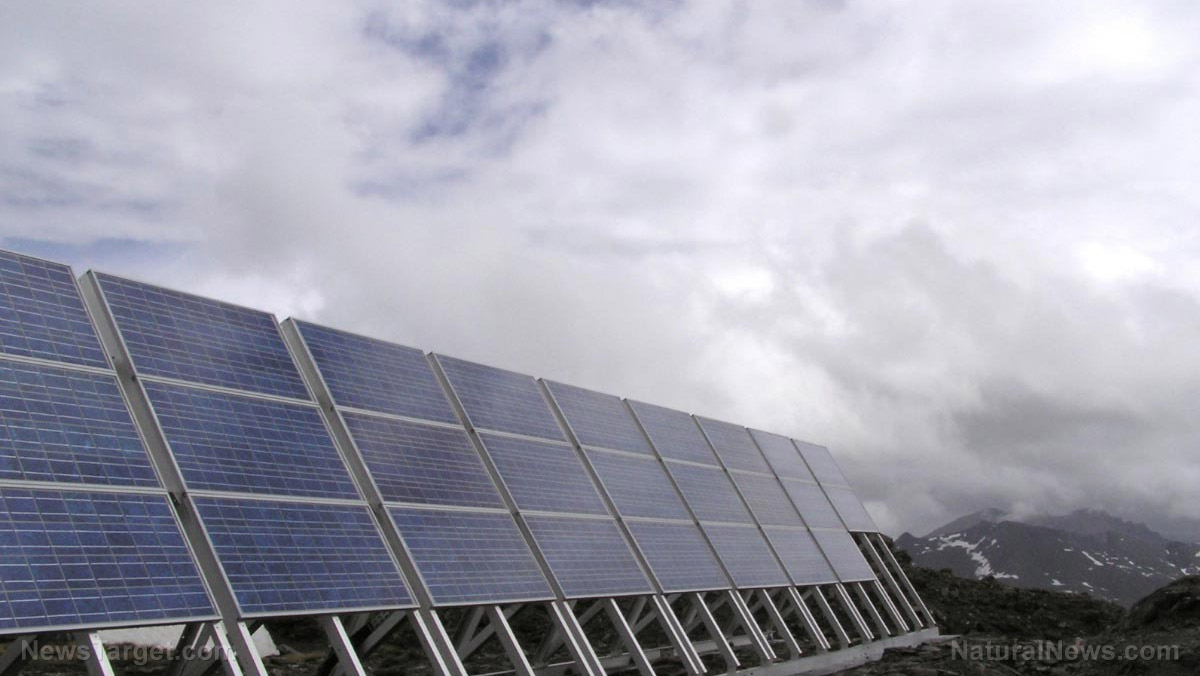Fusion future: Virginia set to host world’s first commercial fusion power plant
12/21/2024 / By Willow Tohi

- Commonwealth Fusion Systems (CFS) plans to build the world’s first grid-scale commercial fusion power plant, ARC, in Chesterfield County, Virginia, delivering 400 megawatts of clean, carbon-free electricity by the early 2030s.
- ARC will use advanced fusion technology to replicate the sun’s energy production, generating electricity without emissions or radioactive waste, and producing only helium as a byproduct.
- The project is expected to generate billions in economic development, create hundreds of jobs, and address Virginia’s surging energy demands, projected to triple by 2040.
- CFS, an MIT spinout, will independently finance and operate the plant, with support from Dominion Energy Virginia and state government, leveraging decades of research and innovation in fusion technology.
- ARC positions the U.S. as a leader in sustainable energy and offers a promising alternative to fossil fuels, though questions remain about backup power systems requiring natural gas.
In a groundbreaking announcement that could redefine the global energy landscape, Virginia is poised to become the birthplace of a new era in clean energy. Commonwealth Fusion Systems (CFS), a leading fusion power company, has unveiled plans to build the world’s first grid-scale commercial fusion power plant in Chesterfield County. This monumental project, named ARC, promises to deliver 400 megawatts of clean, carbon-free electricity — enough to power 150,000 homes — and position the United States as a leader in the race to harness limitless sustainable energy.
The ARC plant, slated to come online in the early 2030s, will be constructed on a 100-acre site at the James River Industrial Park in Chesterfield County. The facility will utilize cutting-edge fusion technology, replicating the energy-producing process of the sun to generate electricity without the emissions or long-lived radioactive waste associated with traditional nuclear fission. Instead, fusion combines hydrogen isotopes under extreme heat and pressure, producing only helium as a byproduct — a game-changing innovation that promises to revolutionize energy production.
“This is an historic moment for Virginia and the world at large,” said Governor Glenn Youngkin, who joined CFS executives and local leaders at the announcement. “Commonwealth Fusion Systems is not just building a facility; they are pioneering groundbreaking innovation to generate clean, reliable, safe power, and it’s happening right here in Virginia.”
The decision to locate the plant in Virginia follows a global search by CFS, which selected the Chesterfield site due to its strategic advantages, including proximity to a skilled workforce and a supportive regulatory environment. The project will be independently financed, built, owned and operated by CFS, with no cost passed on to Dominion Energy ratepayers. Dominion Energy Virginia will lease the land to CFS and provide development and technical expertise, further solidifying the partnership between the private sector and state government.
Virginia’s economy set to reap major benefits
The economic impact of the ARC project is staggering. Estimates suggest it will generate billions of dollars in economic development and create hundreds of jobs during construction and long-term operation. For a state grappling with surging energy demands, particularly from the rapid growth of data centers, the ARC plant represents a transformative solution. A recent report from the Joint Legislative Audit Review Commission (JLARC) projected that Virginia’s energy needs could triple by 2040, making the arrival of fusion power at this critical juncture all the more timely.
Fusion power’s appeal lies in its safety, sustainability and scalability. Unlike fission, which relies on splitting heavy atoms and produces radioactive waste, fusion uses abundant fuels like hydrogen and lithium isotopes, which can be extracted from seawater. The process is inherently safe, with no risk of meltdown or long-lived waste, making it an ideal candidate for powering the future.
The ARC plant is the culmination of years of research and innovation, much of it rooted in MIT’s groundbreaking work on fusion technology. CFS, an MIT spinout founded in 2018, has been at the forefront of commercializing fusion energy. Its SPARC demonstration machine, currently under development in Massachusetts, is expected to achieve net energy production by the mid-2020s, paving the way for ARC’s commercial deployment.
“This will be a watershed moment for fusion,” said CFS co-founder Dennis Whyte, the Hitachi America Professor of Engineering at MIT. “It sets the pace in the race toward commercial fusion power plants. The ambition is to build thousands of these power plants and to change the world.”
The announcement has garnered widespread support from policymakers, industry leaders, and environmental advocates. Senators Mark Warner and Tim Kaine praised the project as a critical step in Virginia’s transition to a clean energy economy, while Congressman Don Beyer, founder of the bipartisan Fusion Energy Caucus, hailed it as a “longstanding dream” coming to fruition.
For environmental groups, the ARC plant represents a promising alternative to fossil fuels and natural gas infrastructure. Melissa Thomas of Mothers Out Front noted, “This seems like a promising solution, if and when it actually comes online.” However, questions remain about the plant’s backup power systems, which will likely require natural gas to be able to meet power demands.
A breakthrough to power the future
As the world watches, Virginia stands on the brink of a clean energy revolution. New technologies such as AI require huge amounts of electricity, which means the demand and consumption of power will only continue to increase. The ARC plant is more than a power facility; it is a beacon of hope for a sustainable future. With billions in investment, hundreds of jobs, and the potential to transform energy production, the project underscores Virginia’s role as a trailblazer in the global quest for clean, reliable power.
“In the early 2030s, all eyes will be on the Richmond region,” said CFS CEO Bob Mumgaard. “Virginia emerged as a strong partner as they look to implement innovative solutions for both reliable electricity and clean forms of power.”
The journey to fusion-powered grids has been decades in the making, but with the ARC plant, the dream of limitless, clean energy is finally within reach. Virginia’s bold step forward could inspire a new chapter in human history—one defined by innovation, sustainability, and a brighter, cleaner future for all.
Sources include:
Submit a correction >>
Tagged Under:
big government, breakthrough, Clean Energy, economic boom, economic riot, electricity, energy supply, fuel supply, fusion energy, future science, future tech, green living, inventions, new energy report, nuclear, power demands, power grid, progress
This article may contain statements that reflect the opinion of the author
RECENT NEWS & ARTICLES
NewEnergyReport.com is a fact-based public education website published by New Energy Report Features, LLC.
All content copyright © 2018 by New Energy Report Features, LLC.
Contact Us with Tips or Corrections
All trademarks, registered trademarks and servicemarks mentioned on this site are the property of their respective owners.




















